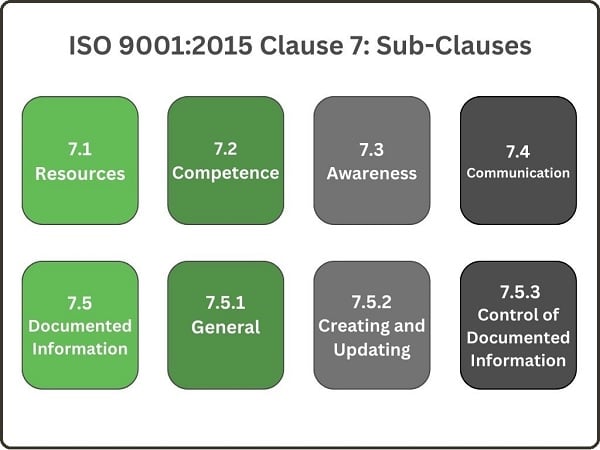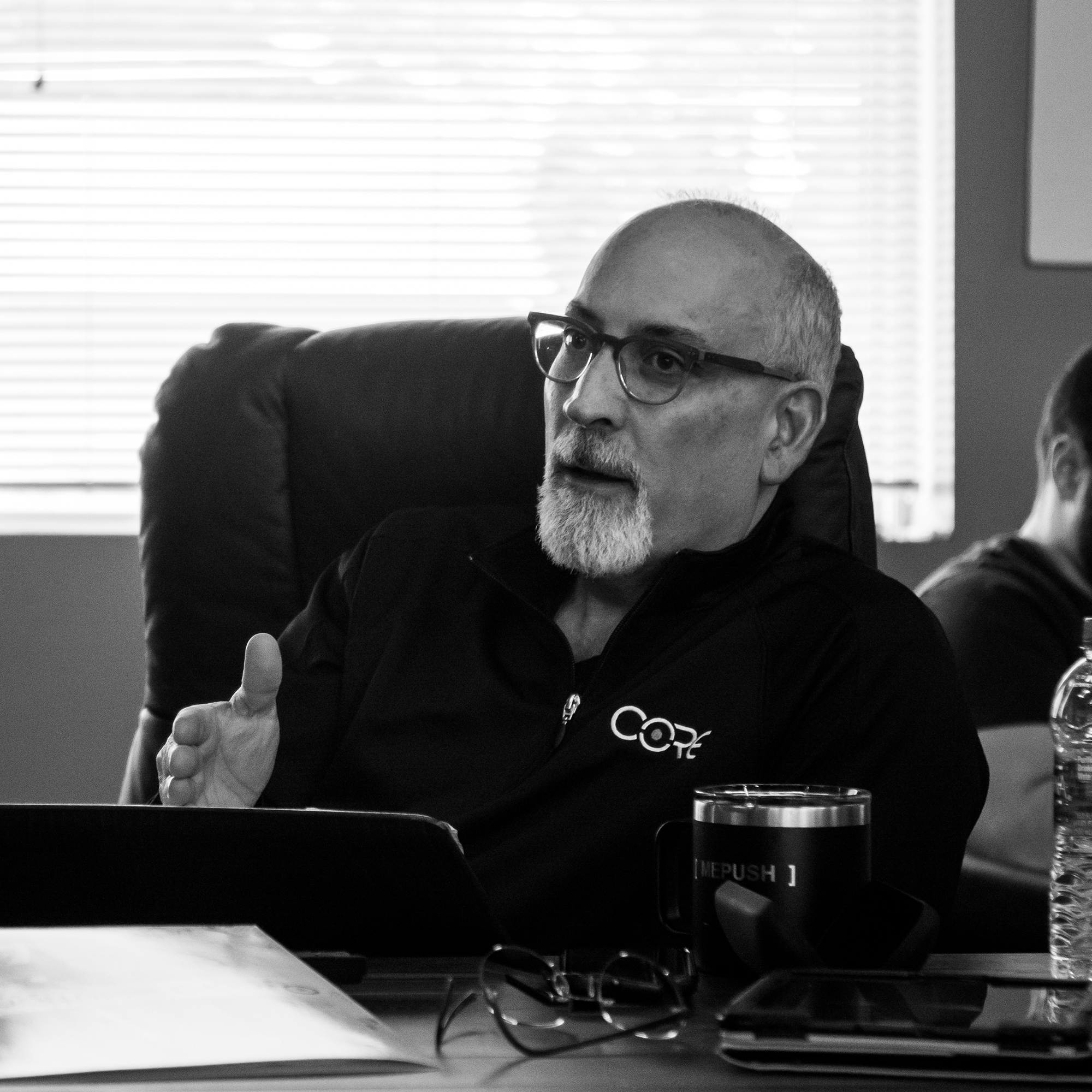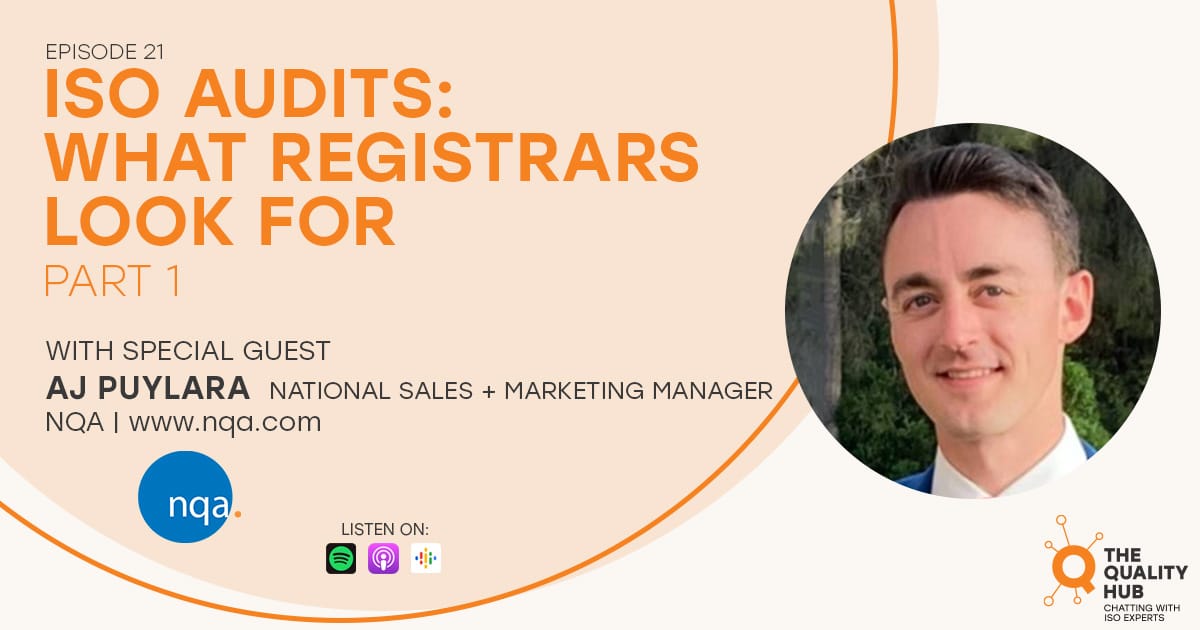ISO 9001:2015 Clause 7.5.1
What is ISO 9001:2015 Clause 7.5.1?
Clause 7.5.1 of ISO 9001:2015 focuses specifically on the general requirements for documented information within the context of the organization’s quality management system. This clause outlines the essential elements necessary for controlling documented information effectively.
Key points outlined in Clause 7.5.1 include:
General Requirements:
The clause emphasizes the need for the organization to maintain documented information to support the operation and control of its processes and demonstrate the conformity of products and services to meet customer requirements and regulatory obligations.
Documented Information Required by the Standard:
It identifies specific documented information that ISO 9001:2015 requires, such as documented processes or procedures required by the standard itself and information necessary to support the operation of processes.
Determining the Extent of Documentation:
Organizations are given the flexibility to determine the necessary documented information needed for their quality management system based on the size of the organization, its context, complexity, and risks associated with its operations.
Get a Free Quote
Availability and Accessibility:
The clause emphasizes the importance of ensuring that documented information is available and accessible to those who need it within the organization. This includes making sure that relevant versions of documented information are appropriately identified and distributed to the relevant personnel.
Control of Documented Information:
It requires establishing controls to ensure that documented information remains accurate, up-to-date, and adequately controlled to prevent unintended use. This involves managing changes, revisions, approvals, and the distribution of documents.
Overall, Clause 7.5.1 serves as a foundational guideline within ISO 9001:2015, providing a framework for organizations to determine the scope and requirements of their documented information necessary to support the effectiveness of their quality management system.
How do you comply with Clause 7.5.1?
Compliance with Clause 7.5.1 of ISO 9001:2015 involves several steps to ensure that documented information within your organization’s quality management system meets the specified requirements:
Identify Documented Information Needs:
Determine the documented information necessary to support your quality management system. This includes considering processes, procedures, work instructions, forms, records, and other documentation needed for effective operation.
Documented Information Creation and Control:
Establish procedures for creating, reviewing, approving, and updating documented information. Ensure that there’s a clear process for controlling document versions and changes.
Documented Information Accessibility:
Ensure that relevant documented information is accessible to personnel who require it. This involves making sure that documents are available at points of use, whether physically or digitally.
Accuracy and Relevance:
Regularly review and verify the accuracy and relevance of documented information. Ensure that information remains up-to-date and reflects current practices, processes, and requirements.
Documented Information Retention:
Define retention periods for different types of documented information, especially records required for compliance or historical purposes. Implement procedures for proper archiving or disposal after the retention period expires.
Control of Changes:
Establish a process for managing changes to documented information, including version control, tracking revisions, and ensuring that changes are reviewed and approved by relevant personnel.
Training and Awareness:
Ensure that employees are trained in the use of documented information relevant to their roles. This involves educating them about where to find documents, how to use them effectively, and how to identify the most current versions.
Technology and Systems:
Implement appropriate document management systems or tools that facilitate version control, access, and tracking of document changes. Ensure these systems support the requirements outlined in the clause.
Monitoring and Review:
Regularly monitor and review your document control processes to ensure they remain effective. Conduct internal audits to check compliance and identify areas for improvement.
By following these steps and integrating them into your organization’s processes, you can effectively comply with Clause 7.5.1 of ISO 9001:2015, ensuring that your documented information supports the effectiveness of your quality management system.

Other ISO 9001:2015 Clauses:
What is the History of Clause 7.5.1?
Clause 7.5.1 of ISO 9001:2015 is part of the broader revision and restructuring of the ISO 9001 standard, which saw significant changes compared to its previous versions. The history of this specific clause is tied to the evolution of the ISO 9001 standard’s approach to documentation and documented information.
The evolution of Clause 7.5.1 reflects a shift in perspective from a prescriptive approach to a more flexible and risk-based methodology for managing documented information within the quality management system.
Prior Versions
Prior versions of the ISO 9001 standard (such as ISO 9001:2008) had separate clauses that specifically detailed requirements for documents and records. However, with the release of ISO 9001:2015, there was a deliberate effort to streamline and consolidate these requirements into a more unified approach termed “documented information.”
The intention behind this revision was to reduce the emphasis on rigid documentation requirements and instead emphasize the need for organizations to determine and maintain the necessary documented information that supports the effectiveness of their quality management system.
ISO 9001:2015
Clause 7.5.1, as introduced in ISO 9001:2015, provides more flexibility by allowing organizations to determine the extent of documented information required based on various factors such as organizational size, complexity, and risk. It emphasizes the essential elements necessary for controlling documented information without prescribing specific formats or documentation structures.
The shift in language, moving away from the distinction between “documents” and “records” towards the more encompassing term “documented information,” aimed to adapt to various industries and organizational structures. It also intended to give organizations more autonomy in deciding how to manage and control their documentation effectively while focusing on meeting the standard’s requirements.
This history signifies a purposeful transition in the ISO 9001 standard toward a more adaptable and risk-based approach to managing documented information, allowing organizations to tailor their documentation practices to their specific needs while maintaining the core principles of a quality management system.
Helpful Resources: ISO Audits – What Registrars Look For Part 1
In this episode of “The Quality Hub: Chatting with ISO Experts,” host Xavier Francis interviews AJ Puylara, National Sales and Marketing Manager at NQA, a global certification body. AJ shares his experience in the ISO industry and discusses the ISO certification process. He highlights the steps involved, including engaging with a third-party ISO consultant or registrar and conducting a gap assessment. Listen Now
Consulting Support for ISO 9001
Every year, we help hundreds of small businesses achieve ISO 9001 certification. Support for ISO 9001 is available through any of our Consulting Programs As an American business with a story like yours, we know that time is valuable. Our expert consultants are here to take on the difficult, technical aspects of certification so you can focus on your business. They’ll work with you every step of the way until you’re successfully certified. Interested? Get a Free Quote.
In many industries, ISO 9001 has become a supply-chain requirement. When landing a big contract, ISO 9001 certification could make all the difference.

About Core Business Solutions
"Core Business Solutions was started by my brother, Mike Dawson, and myself, true entrepreneurs at heart looking for a better way to make a living and help small businesses improve the quality of the products and services they provide.
The bottom line: we are real people that have developed a team to come along side you to help you grow and succeed."
-- Scott Dawson, President
Related Standards
We provide consulting support for various other standards, as well as support for companies seeking multiple certifications through an Integrated Management System.
AS9100
Aerospace Manufacturers
AS9120
Aerospace Distributors
ISO 14001
Environmental Management Systems
ISO 27001
Information Security Management Systems
ISO 20000-1
Service Management Systems
ISO 45001
OH&S Management Systems
ISO 13485
Medical Device Manufacturers
AS9100
AS9120
ISO 14001
ISO
20000-1
ISO 27001
ISO 45001
ISO 13485
Equip Your Business to Meet ISO 9001 With CORE
At Core Business Solutions, we’re here to equip your company for success in meeting ISO 9001 requirements. We’ve helped hundreds of small businesses grow and deliver the best solutions to their clients. We provide ISO training services, consulting help, and compliance software and to help you get certified and stay certified. We focus on optimizing your processes and helping you implement an ISO-compliant QMS. When you partner with us, you’ll get the tools and help you need for success. For more information on the ISO 9001:2015 standard, please visit our articles page. You can also call our consulting office at 866-354-0300 or contact us online.
Do you want to update your existing ISO 9001 QMS System or refresh it?
We provide consulting services to assist you in your ISO 9001 Quality Management System refresh. We listen, conduct a gap analysis, update your Quality Policy and any necessary documentation or procedures, find areas of waste or improvement, simplify and automate. And we do it fast. Core offers firm, fixed pricing. Download our information sheet today to learn more or call us at 866-354-0300 Extension 2.

